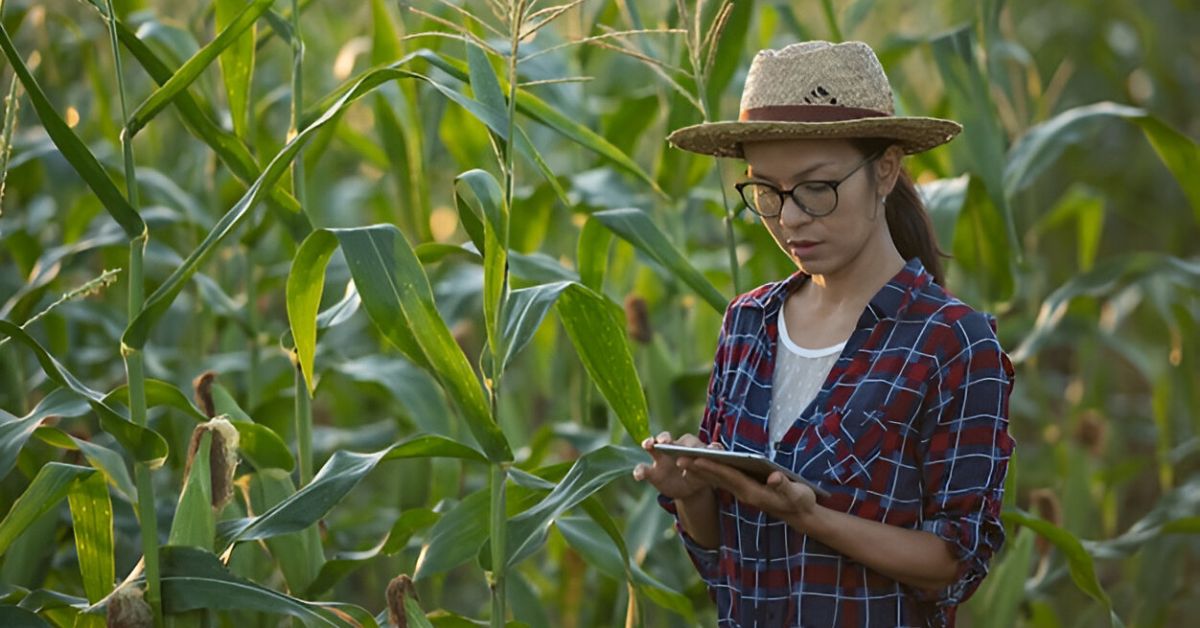Corn Maze Tips for Navigating and Enjoying the Experience

A corn maze is a large, intricate puzzle cut into a cornfield, designed for visitors to navigate paths and find their way through. These mazes serve as popular seasonal attractions, especially in the fall, offering a unique combination of outdoor activity and rural charm. They provide an engaging experience that blends physical challenge with agricultural appreciation.
The design of a corn maze can range from simple patterns to detailed images visible from above, often reflecting creative themes or local culture. Farmers carefully plan each maze, selecting strong varieties of corn and mapping out paths to maximize both challenge and enjoyment for visitors.
Beyond just a maze, many farms enhance the experience with additional attractions like farm markets, petting zoos, and festivals. This makes a trip to a corn maze a versatile outing suitable for families, groups, or anyone looking to explore an outdoor adventure space.
What Is a Corn Maze?
A corn maze is a large puzzle created by carving pathways through a cornfield. Visitors navigate these paths to find their way from a defined start to an endpoint. The design and construction combine agricultural techniques with creative planning to offer both challenge and entertainment.
History and Origins
Corn mazes first appeared in the United States in the early 1990s. The earliest well-documented example was created in 1993 in Annville, Pennsylvania, by Don Frantz and Adrian Fisher. Originally designed as a marketing tool to attract visitors to a farm, it quickly gained popularity and inspired widespread adoption.
Before corn mazes, hedge mazes were common in Europe, dating back to the 18th century. The idea of using fields of corn, or maize, adapted this concept for an American agricultural context. Corn mazes have since become a traditional fall attraction in many regions.
How Corn Mazes Are Created
Farmers use specific corn varieties with sturdy stalks to ensure the maze lasts through the season. Typically, this corn is planted two to three weeks later than corn grown for food. This timing maintains strong stalks when visitors explore the maze in late summer and fall.
The design process involves mapping a maze pattern, often using GPS or computer software. Paths are then cut or plowed into the field, leaving raised areas of corn standing. The precision in cultivation and cutting affects both the visual appeal and functionality of the maze.
Types of Corn Maze Designs
Corn maze designs vary widely, ranging from simple geometric shapes to elaborate images or themed layouts. Some involve straightforward paths and dead ends, while others include multiple checkpoints or puzzles.
Designers often incorporate seasonal or local themes, such as farm logos, wildlife, or holiday motifs. Advanced mazes may use interactive elements, like QR codes or clues, to enhance visitor engagement. The diversity of designs reflects a balance between creativity and practical farming considerations.
Planning Your Corn Maze Visit
Visitors should consider the timing, navigation strategies, and suitable activities to ensure a smooth and enjoyable experience. Understanding the best periods for visiting, how to approach the maze, and ways to engage with others can enhance their overall visit.
Best Time to Visit
The peak season for corn mazes is during the fall, typically from late September through October. This period offers ideal weather—cooler temperatures and less rain—making outdoor activities more comfortable. Early weekday visits are often less crowded, which allows for a more relaxed experience.
Many corn mazes stay open into early November, but the quality of the corn and the maze’s structure may decline after heavy weather changes. Evening visits can offer a different atmosphere but are usually only available at select locations with lighting and increased safety measures.
Tips for Navigating a Corn Maze
Successful navigation begins with reviewing any maps or instructions provided at the entrance. It helps to stay oriented by noting landmarks or unique sections of the maze. Carrying a fully charged phone and in some cases a compass can assist if visitors become disoriented.
Groups should consider assigning a leader or splitting into smaller teams with regular meeting points. Moving at a steady, calm pace avoids confusion. If visitors feel lost, it is best to retrace steps rather than pushing forward blindly.
Family and Group Activities
Corn mazes often provide complementary activities for groups and families to enjoy together. Many locations have additional attractions such as zip lines, gem digs, or pumpkin patches that create a full day of entertainment.
Games like maze races can foster friendly competition. Younger children benefit from guides or simpler maze sections designed for their age. Planning breaks for snacks or rest inside designated areas keeps everyone energized and comfortable throughout the visit.
Also Read Revolutionary Herbicide Transforming Agriculture and Beyond






